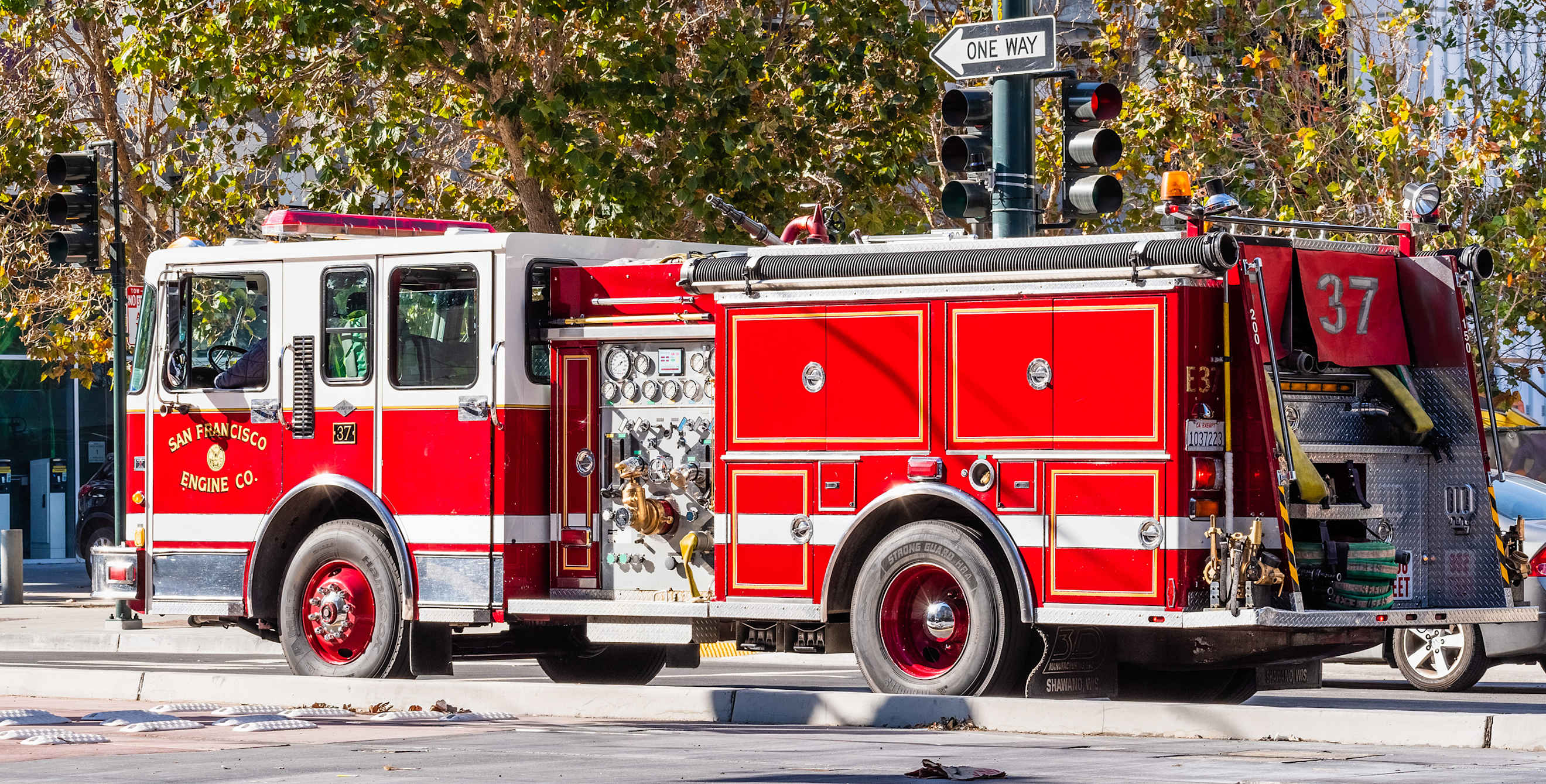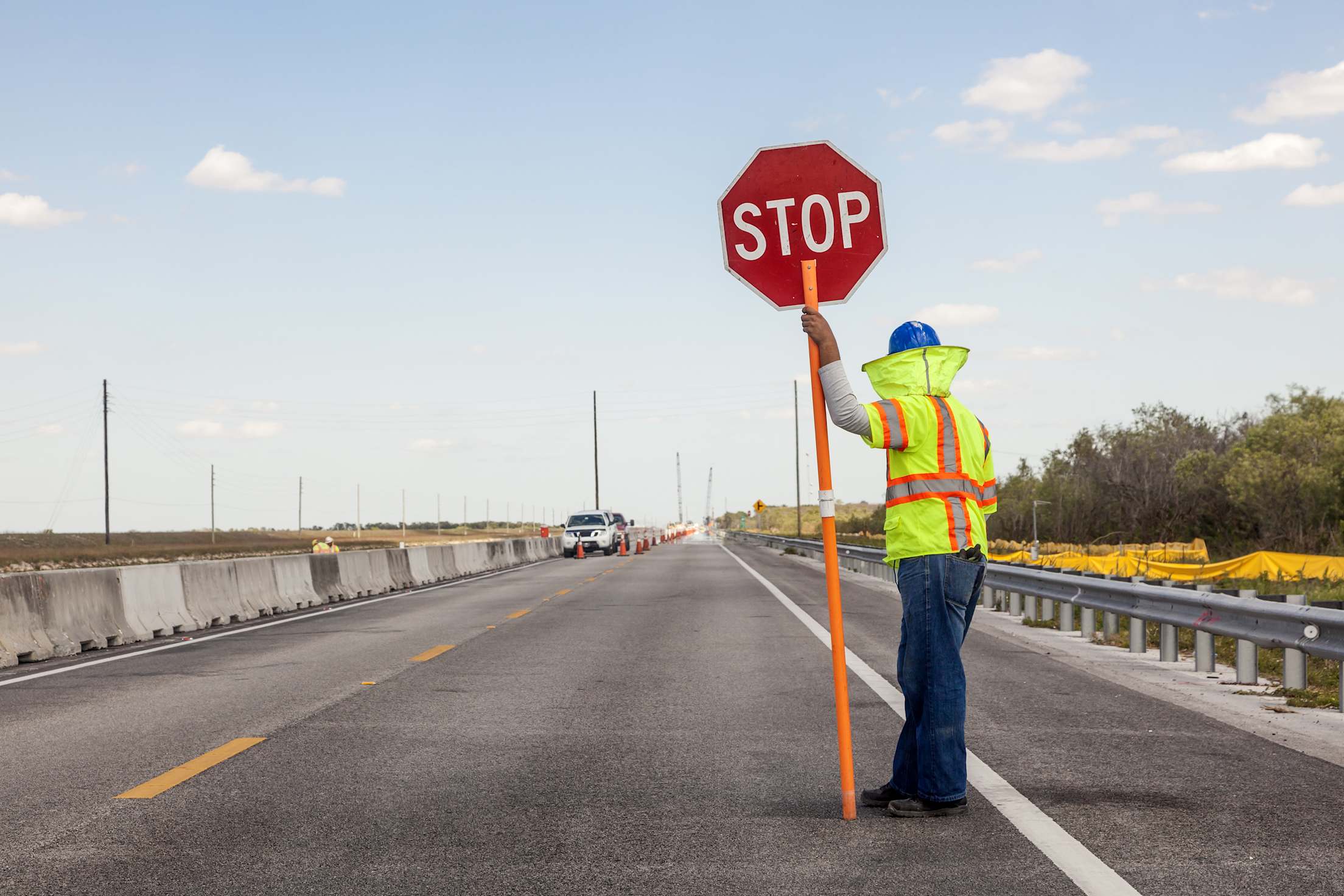
Move Over Laws in the West
Protect first responders and avoid an expensive ticket.

While you know to pull over and give emergency vehicles the right of way when they are driving with their lights flashing or sirens blaring, do you know what to do when an ambulance, fire truck, police car, or highway maintenance vehicle is stopped on the road or shoulder?
So called "Move Over" laws are intended to protect first responders and workers on roadways. “Every year, highway workers, law enforcement officers, emergency personnel, and tow truck drivers are killed or injured along California’s roadways,” said Bob Franzoia, the former acting Caltrans director. “Californians can help keep workers safe by slowing down in work zones, complying with the ‘Move Over’ law, and always being work-zone alert.”
Despite move over laws being enacted in all 50 states, the National Highway Traffic Safety Administration found that 71 percent of Americans are unaware that drivers are required to reduce their speed and switch lanes to protect workers.
While the laws differ by state, the basic principle remains the same: Change lanes or slow well under the speed limit when passing emergency medical service crews, tow truck operators, police officers, or firefighters working on the side of the road. Many states have also expanded their laws to cover other vehicles, such as utility and waste collection fleets, and any disabled vehicle on the side of the road.
Arizona
State law requires drivers to reduce speed and, if safe to do so, vacate the lane closest to any stationary vehicles with flashing or warning lights, including emergency vehicles and tow trucks.

California
State law requires drivers to slow down and vacate the lane closest to any vehicle flashing emergency or hazard lights, if safe to do so. This includes passenger vehicles, tow trucks and Caltrans vehicles if displaying flashing amber warning lights, and waste service vehicles. Failure to obey can result in points on your driving record and a fine up to $50.
Idaho
State law requires drivers traveling in the same direction to slow below the posted speed limit and vacate the lane closest to a stationary emergency vehicle displaying flashing lights, if safe to do so. This includes tow trucks, wreckers, other recovery vehicles, and municipal vehicles.
Montana
State law requires drivers approaching a stationary emergency vehicle displaying flashing lights—including towing and recovery vehicles—traveling in the same direction to move over as far as possible and slow to a safe speed, which varies depending on the circumstance. If a temporary speed limit has been posted, drivers must reduce their speed to the new posted limit. If a temporary speed limit has not been posted, drivers must reduce the vehicle's speed to:
- 20 miles an hour below the posted speed limit on the interstate if the driver moves to a farther lane, or to half of the posted speed limit if they cannot move over
- 30 miles an hour below the posted speed limit on a state highway or county road if the driver is able to move lanes, or to half of the posted speed limit if they cannot move over
- Half of the posted speed limit on any other road

Nevada
State law requires drivers traveling in the same direction to reduce speed below the posted speed limit and, if safe and possible to do so, vacate the lane closest to stationary emergency vehicles, waste management trucks, and department of transportation and tow vehicles displaying flashing lights.
Oregon
State law requires drivers approaching any stationary vehicle displaying warning or flashing lights—including roadside assistance and tow vehicles—traveling in the same direction to vacate the lane closest, if safe and possible to do so, or to reduce speed to at least 5 mph under the posted speed limit.
Utah
State law requires drivers approaching a stationary authorized emergency vehicle, tow truck, or highway maintenance vehicle displaying flashing lights and traveling in the same direction to reduce speed and, if safe to do so, vacate the lane closest to stationary vehicles.
Washington
State law requires drivers to vacate the lane closest to stationary emergency vehicles, including tow trucks, if they are traveling in the same direction and it is safe to do so. If not, drivers are required to reduce the speed of the vehicle to at least 10 miles per hour below the posted speed limit. Also included in the law are stationary or slow moving municipal, utility, and road maintenance vehicles.
Wyoming
State law requires drivers approaching an official stationary emergency vehicle making use of appropriate visual signals, including tow trucks, to merge into the lane farthest from the vehicle when traveling in the same direction, if safe to do so, or to slow to a speed that is 20 mph less than the posted speed limit on roads where the speed is 45 mph or greater. Also included in the law are municipal, utility, and road maintenance vehicles.
Smart Tip: When safe and possible to do so, move over a lane for any vehicle stopped on the shoulder to ensure a safe passing distance.
Get legendary road service—and so much more—for as little as $64.99 a year.